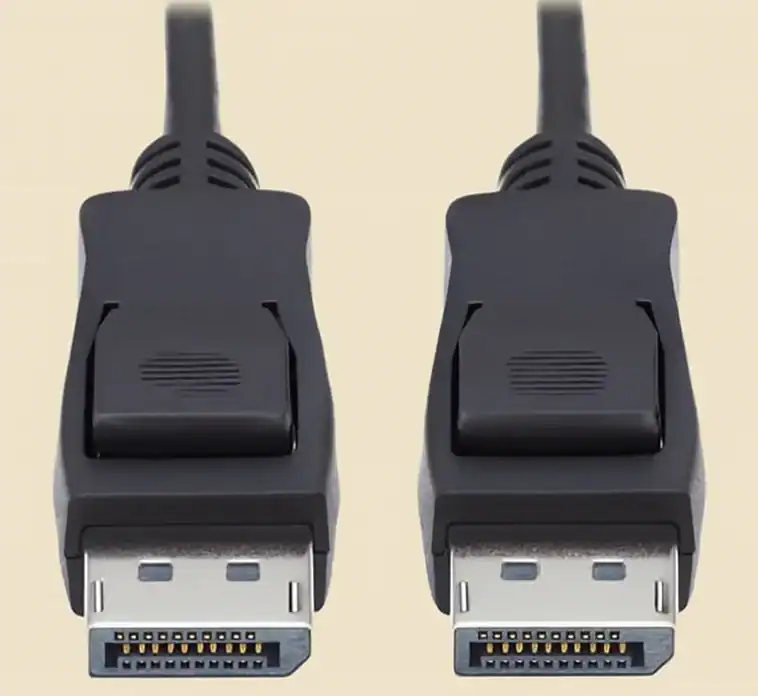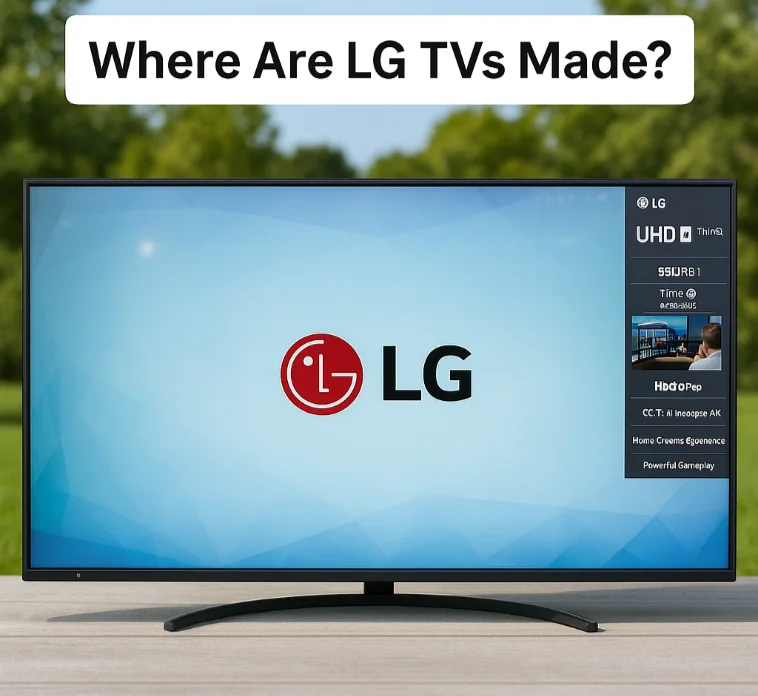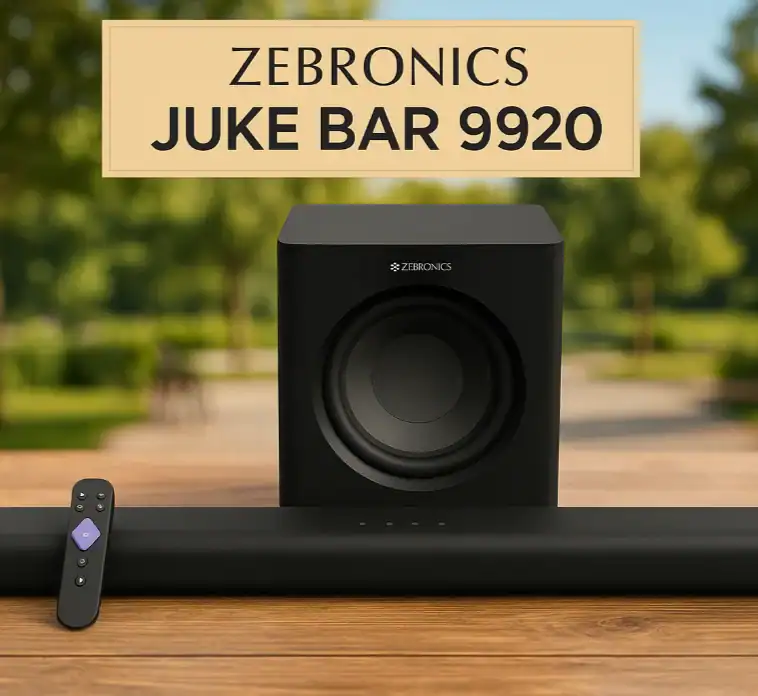DisplayPort 1.4 is the most wanted connection for high-resolution games and professional display setups. A guide from one end to another, the very essence of advanced display technology.
What is DisplayPort 1.4?
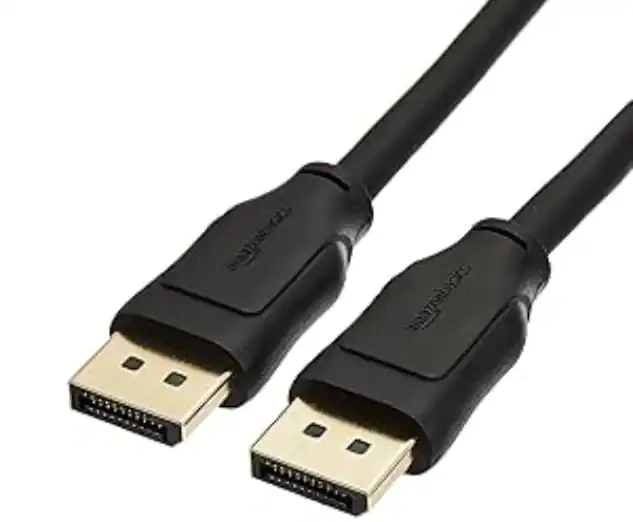
VESA (Video Electronics Standards Association) is a company that is responsible for the development of DisplayPort 1.4—a digital display interface. This standard changed the way we connect computer monitors and display units of gaming systems since its introduction in March 2016.
One side of the rectangular DisplayPort connection is tilted. This special design not only gives users an easy way of identifying the connectors but also ensures the correct orientation of the connection. Compared to USB ports, which come in different sizes, the DP port is a bit bigger and also has a small part that locks the connector securely in place.
Main Technical Specifications
DisplayPort 1.4 is a high-bandwidth display interface delivering significant efficiency values that improve its competitive display standards:
- Maximum total bandwidth: 32.4 Gbps
- Maximum data rate: 25.92 Gbps
- Support for 4K resolution at 120Hz with 24-bit color
- 5K display support at 60Hz with 30-bit color
- 8K video capability at 30Hz
These specs make DP 1.4 the best version for high-performance applications where you cannot compromise on the visual quality.
DisplayPort 1.4 vs HDMI 2.0: The Ultimate Comparison
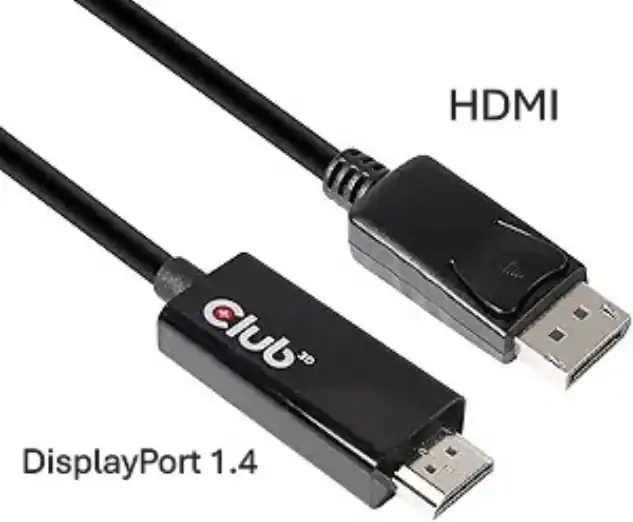
The matter of ‘who is the best’, DisplayPort or HDMI 2.0, is a hot discussion that is still very hot, and it typically depends on the particular circumstances and the requirements to be met.
Bandwidth Comparison
DisplayPort 1.4 has a bandwidth of 32.4 Gbps, while HDMI 2.0 has only 18 Gbps. This large gap is reflected in the better performance of the configurations of the same resolution and faster refresh rates.
Gaming Performance
For PC gaming, DisplayPort 1.4 vs HDMI for 4K gaming offers better performance. The increased bandwidth allows gaming at a higher level, for example:
- High refresh rate displays (144Hz, 240Hz)
- Multi-monitor setups
- Display Stream Compression for enhanced visual quality
- Better HDR support
Professional Applications
Graphic designers and video editors are people who always need to use DisplayPort connections, as the reliability of these and performance are what they value the most. The stable connection and high data transfer speeds guarantee flawless color reproduction and a light work process.
Understanding Display Stream Compression (DSC)
The DisplayPort 1.4 topmost feature is undoubtedly DSC 1.2. DSC is what makes visually lossless encoding of the high-resolution content possible.
Benefits of DSC Technology
DSC enables DisplayPort 1.4 to:
- Run 4K at 120Hz with HDR and 30-bit color
- Work at 8K 60Hz
- Reduce bandwidth usage without loss of quality
- Give better performance to visually demanding applications
This technology has compression at its core, thus even the most demanding content is displayed perfectly without any sacrifice in visual fidelity.
DisplayPort 1.4 Cable Selection Guide
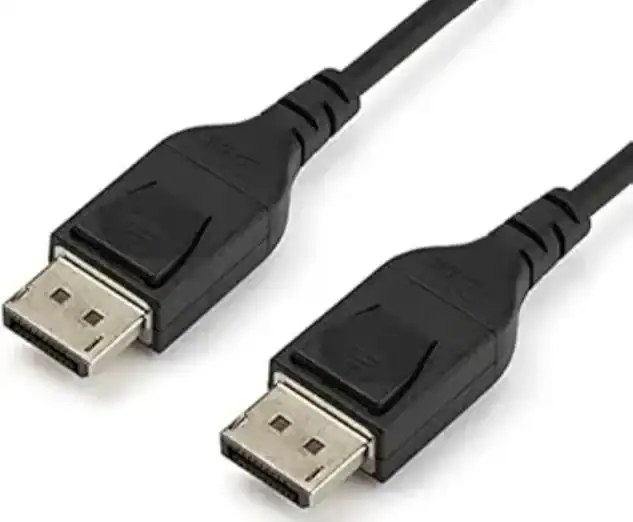
Picking the right DisplayPort 1.4 cable is very important for the best performance. Not every cable is the same, and a VESA-certified choice provides assurance.
Cable Length Considerations
- Passive cables: Best for distances up to 6 feet
- Active cables: Need longer runs up to 24 feet
- Signal integrity: Active components might be necessary if cables are long
Quality Indicators
Use these factors to find the most suitable DisplayPort 1.4 cables:
- VESA certification mark
- Full 32.4 Gbps bandwidth support
- 8K resolution compatibility labels
- Connector made of premium materials
Premium quality conductors guarantee the highest signal quality and enable the full potential of all resolutions and refresh rates to be utilized without any compatibility issues or performance problems.
DisplayPort 1.4a: Improved Compression Method
DisplayPort 1.4a is the reincarnation of the standard from April 2018 with a small but important revision in the main features. The update is mainly focused on the support of the dynamic source compression (DSC) in general.
Main Differences Between DP 1.4a and DP 1.4
Although DP 1.4 has given the go-ahead for the DSC feature, in reality, it has not been included in each implementation. On the other hand, DP 1.4a is the perfect inheritor of DSC 1.2a all over the place.
Better HDR Support
DSC 1.2a is the one driving the new HDR compression tricks, which facilitate the colors to be more precise and the visual part to be more pleasing to the eyes when it comes to HDR.
Simplified Ecosystem
Universal DSC support keeps the users guaranteed, with no need to worry about the features that are available on their devices. Every single DisplayPort 1.4a ensures the presence of a compression feature along with a capability that makes choosing the device easier.
Multi-Monitor Setup with DisplayPort
DisplayPort 1.4 is also great in multi-monitor configurations using Multi-Stream Transport (MST) technology. This feature allows one cable to be used to connect several displays.
Daisy Chaining Capabilities
MST allows users to:
- Chain up to four displays
- Keep high resolution on all screens
- Decrease cable clutter in workspaces
- Make complex display setups easier
Professional Workflow Benefits
DisplayPort-based multi-monitor setups provide great benefits for:
- Financial traders who need multiple data streams
- Content creators who deal with timelines and previews
- Software developers who manage code and documentation
- Gamers who need multiple screen configurations
Audio Enhancement Features
DisplayPort 1.4 includes significant audio improvements that enhance the overall multimedia experience:
- Improved compatibility with audiophile-grade sound systems
Professional Audio Applications
Such audio enhancements serve:
- Music production studios in need of the cleanest possible audio signal
- Home theater buffs aiming for a more immersive listening experience
- Content producers dealing with multi-channel audio
- Gamers utilizing high-tech surround sound equipment
DisplayPort 1.4 Gaming Performance

One of the main use cases for DisplayPort 1.4 is gaming. High bandwidth, together with new features, results in an outstanding gaming experience.
High Refresh Rate Gaming
DisplayPort 1.4 supports various refresh rates:
- 240Hz at 1080p for competitive gaming
- 144Hz at 1440p for balanced performance
- 120Hz at 4K for ultimate visual quality
- Variable refresh rates for smooth gameplay
Competitive Gaming Advantages
Professional gamers rely on DisplayPort 1.4 for:
- Reduced input lag compared to other standards
- Consistent frame delivery
- Support for adaptive sync technologies
- Reliable connection during intense gaming sessions
Forward Error Correction Technology
Forward Error Correction (FEC) is a feature in DisplayPort 1.4 that helps improve signal reliability. This technology automatically detects and corrects transmission errors.
Benefits of FEC
- Improved signal quality over long cable runs
- Reduced visual artifacts
- Enhanced connection stability
- Better performance in challenging environments
USB-C Integration and DisplayPort
Devices these days are really going for the whole DisplayPort and USB-C thing to the point that the connectors are one and the same. Besides that, the combo is very good from the point of view of getting less hassle.
Single Cable Solutions
USB-C that supports DisplayPort is a great option for:
- Carrying a video signal
- Data transfer
- Power supply for charging your device
- Making the connection process easier
Mobile Device Connectivity
The user base that draws the most advantage from this technology consists of:
- Laptop users seeking streamlined connections
- Tablet owners requiring external display support
- Smartphone users with desktop mode capabilities
- Professionals working with portable devices
HDR Support and Color Accuracy
DisplayPort 1.4 is a high-bandwidth connection that supports HDR content and is thus more generally suitable for the improvement of visual information in different areas.
HDR10 Metadata Support
The specification comprises efficient HDR10 metadata management for:
- Correct color reproduction
- Right brightness mapping
- Improved contrast ratios
- Better viewing experiences
Professional Color Work
Designers and photographers gain from:
- Wide color gamut support
- Faithful color space representation
- Consistent color reproduction across devices
- Professional-grade color accuracy
Backward Compatibility Features
Full backward compatibility with previous versions is maintained in DisplayPort 1.4. This means that your investment is protected, and you can smoothly upgrade while maintaining industry-standard reliability.
Compatibility Benefits
- Devices using DisplayPort 1.2 are compatible without any issues
- Seamless integration with existing setups
- No need for complete system overhauls
- Future-proof investment protection
Upgrade Considerations
While deciding on the upgrades, consider:
- The current display requirements
- The resolution and refresh rate needed for the future
- Budget constraints and performance goals
- Compatibility with existing hardware
Common DisplayPort 1.4 Applications
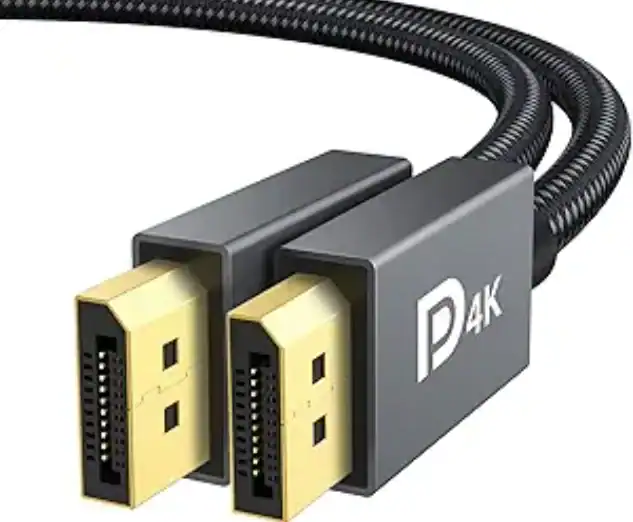
DisplayPort 1.4 is suited to several industries and different requirements, which it fulfills to a very high degree of performance and reliability.
Enterprise Environments
Businesses use DisplayPort 1.4 for the following purposes:
- Conference room presentation systems
- Trading floor multi-monitor setups
- Design workstation configurations
- High-resolution digital signage
Healthcare Applications
Medical facilities employ DisplayPort for the following purposes:
- Medical imaging displays
- Patient monitoring systems
- Surgical display requirements
- Diagnostic equipment integration
Troubleshooting DisplayPort 1.4 Issues
Knowing frequent troubles and the right fixes ensures an ideal DisplayPort 1.4 operation.
Connection Problems
Typical problems are:
- Loose connections
- Incompatible cable specifications
- Driver compatibility problems
- Display setting misconfigurations
Performance Optimization
Enhance performance via:
- Frequent updating of drivers
- Good cable arrangement
- Suitable display settings
- Optimization of system configuration
Choosing Between DisplayPort Versions
Identifying the differences between DisplayPort versions enables consumers to be more accurate in their choice of products.
DisplayPort 1.2 vs 1.4
The big differences in the DisplayPort 1.4 vs 1.2 comparison are:
- Bandwidth (21.6 Gbps vs 32.4 Gbps)
- Availability of HDR support
- DSC (Display Stream Compression) features
- Consideration of future compatibility
Application-Specific Advantages
Consider DisplayPort 1.4 for PC gaming and professional work. For console gaming and home theater applications, go for HDMI 2.1.
Market Adoption and Industry Support
DisplayPort 1.4 has widespread industry backing in multiple fields, and it continues to advance adoption.
Manufacturer Support
Tech giants are on the DisplayPort 1.4 side, and they provide their full support:
- Graphics card producers include multiple ports
- Monitor makers give priority to DisplayPort connectivity
- Cable producers supply certified options
- Professional equipment utilizes the standard
Market Trends
Current trends show:
- Higher adoption in gaming markets
- More use of the professional segment
- Improved laptop integration
- Better mobile device support
Frequently Asked Questions
What does DP 1.4 mean?
Can DP 1.4 support 4K?
Is DisplayPort 1.4 better than HDMI?
Can DisplayPort 1.4 do 240Hz?
Is HDR compatible with DisplayPort 1.4?
Is it alright to run both the HDMI and DisplayPort simultaneously?
What cable length works best for DisplayPort 1.4?
Conclusion
The DisplayPort 1.4 is the latest and greatest in the line of high-tech display systems for PC gaming and professional use. A mixture of substantial bandwidth, sophisticated compression, and strong features makes it the hot favorite for power users.

